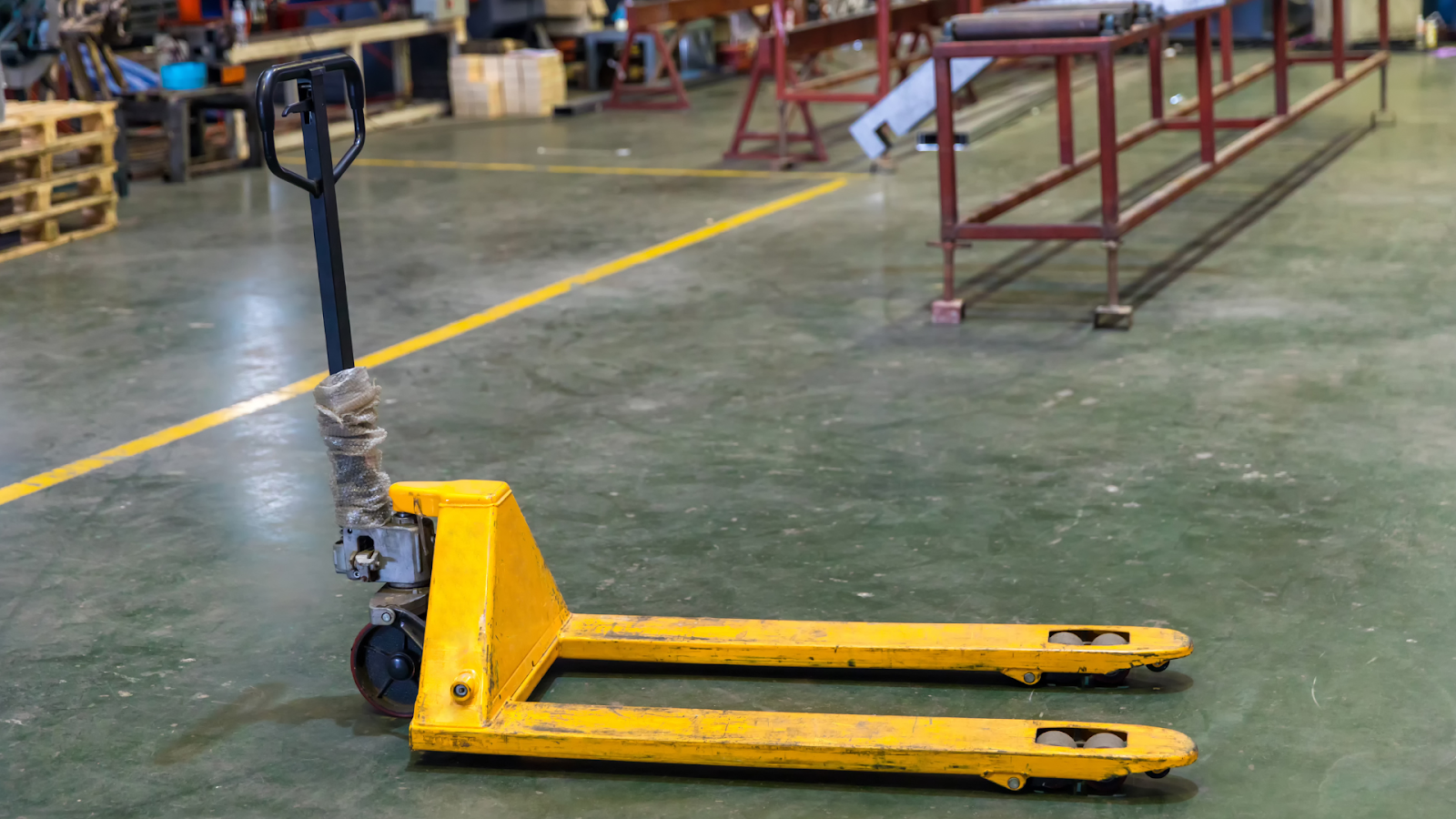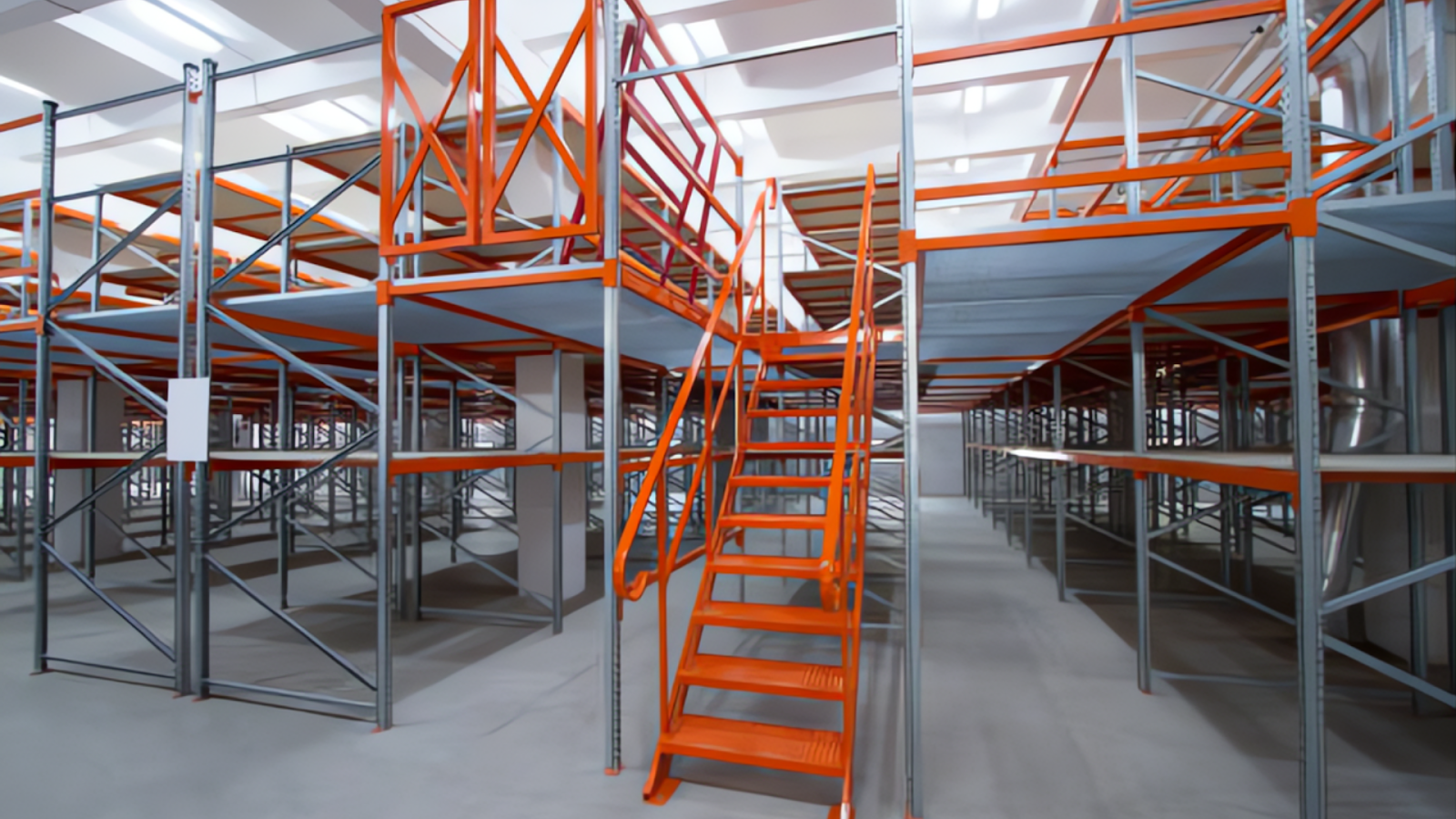Pallet racking is the backbone of many warehouses and distribution centers, making it one of the most important infrastructure investments you can make. The right system can dramatically improve efficiency, inventory control, and floor space usage. The wrong system, however, can create bottlenecks, safety issues, and unexpected expenses.
At Source Equipment, we guide our clients through every step of selecting the perfect pallet racking system. Here’s what to look for—and what to avoid:
1. Load Capacity & Safety Ratings
Make sure the racking system can safely support the weight of your inventory. Overloaded racks are a top cause of warehouse accidents and product loss. Always verify manufacturer specs and ensure your racking is engineered for your exact needs.
2. Type of Racking That Matches Your Workflow
Choose from systems like selective racking, drive-in racking, push-back racking, and cantilever racking depending on how often you access inventory, what you're storing, and your available space.
3. Compatibility with Equipment
Ensure your racking works seamlessly with your forklifts, pallet jacks, and any automated systems. A mismatch here can create inefficiencies and even safety hazards.
4. Scalability
Choose a system that can grow with your business. Modular and expandable systems will save you from a costly overhaul down the road.
5. Quality Materials and Construction
Durable materials like structural steel with corrosion-resistant coatings ensure a longer lifespan and lower maintenance costs.
1. Buying Used Without Inspection
Used racks might seem like a cost-saving solution, but hidden damage like bent uprights, rust, or compromised welds can pose serious risks. If buying used, always inspect thoroughly or work with a trusted provider.
2. Mixing and Matching Components
Avoid combining parts from different manufacturers unless you're absolutely sure they're compatible. Mismatched systems often lead to instability and voided warranties.
3. Ignoring Local Codes and Compliance
Ensure the system meets seismic, fire, and safety regulations specific to your location and industry. Non-compliant racking can halt operations and lead to fines.
4. Underestimating Future Needs
Design your racking with growth in mind. What works now may not be ideal in six months if your inventory expands or changes.
We don’t just sell racking—we help you engineer smarter storage. From layout design to equipment selection, Source Equipment is your partner in building efficient, scalable, and compliant warehouse systems.
Visit www.sourceequipment.com to explore our pallet racking options or request a personalized consultation today.




Ready to Upgrade Your Process Operations?